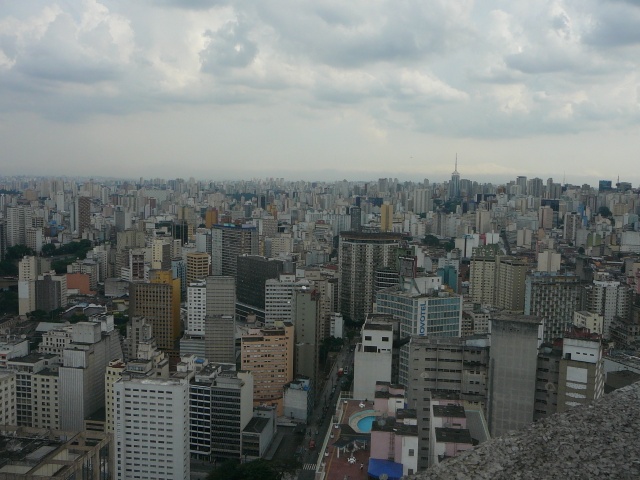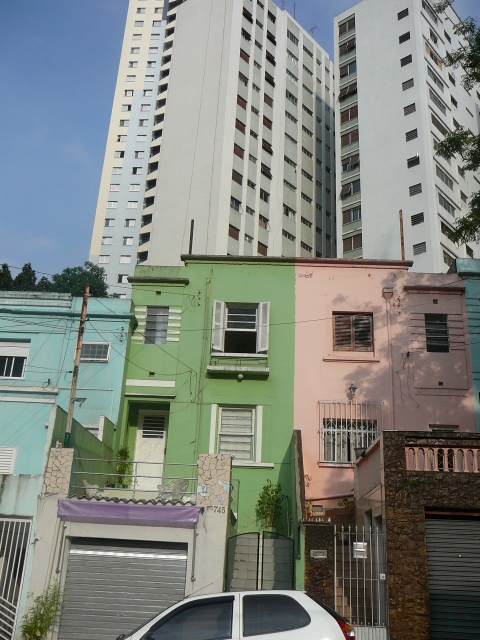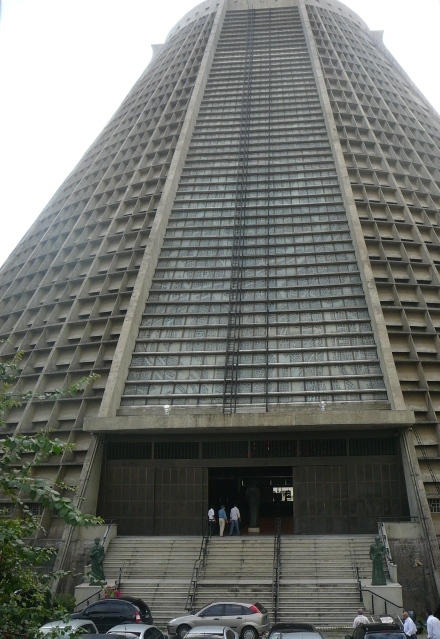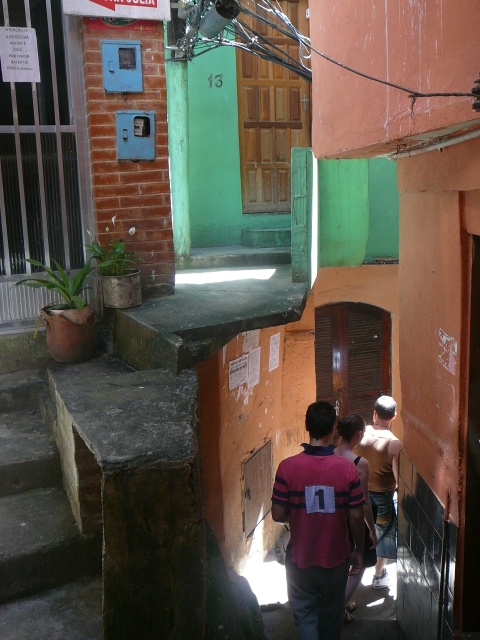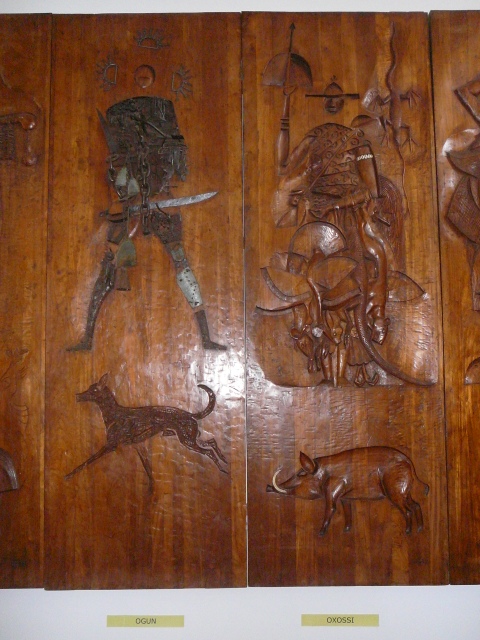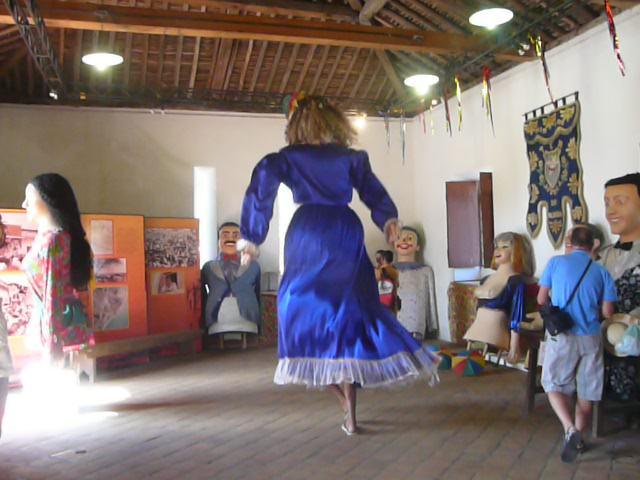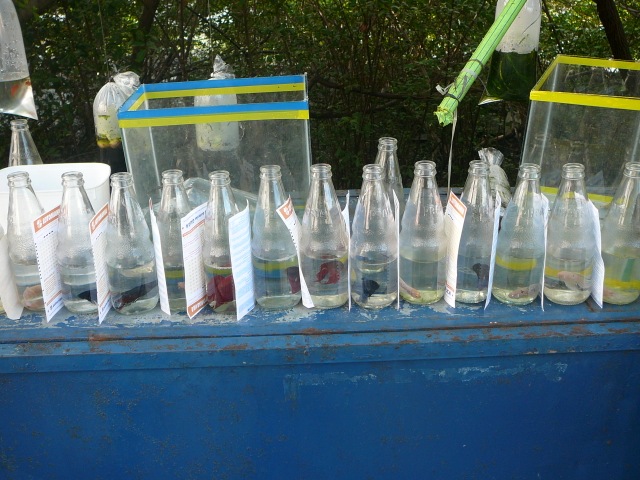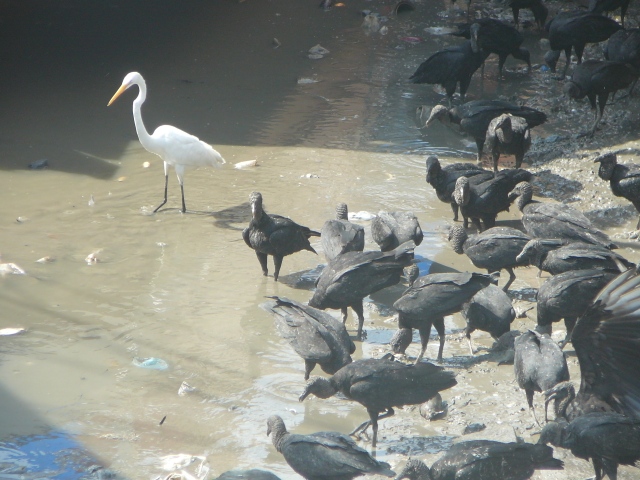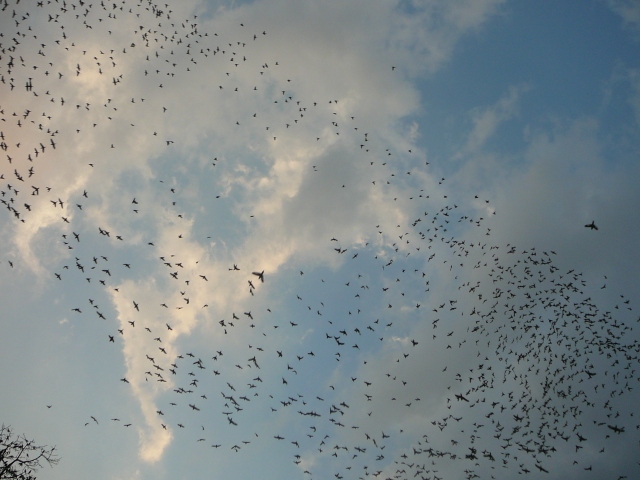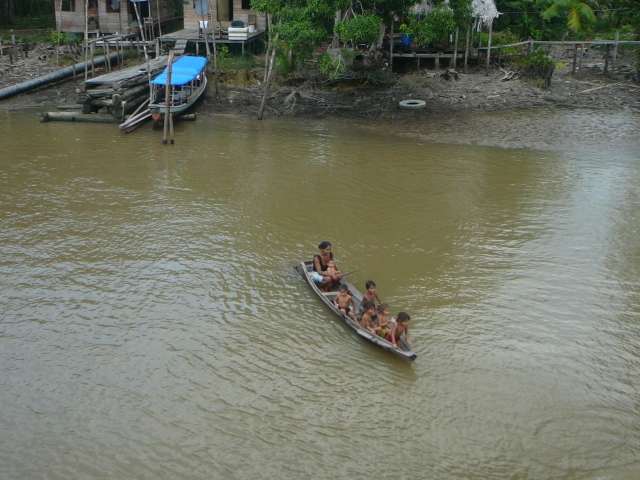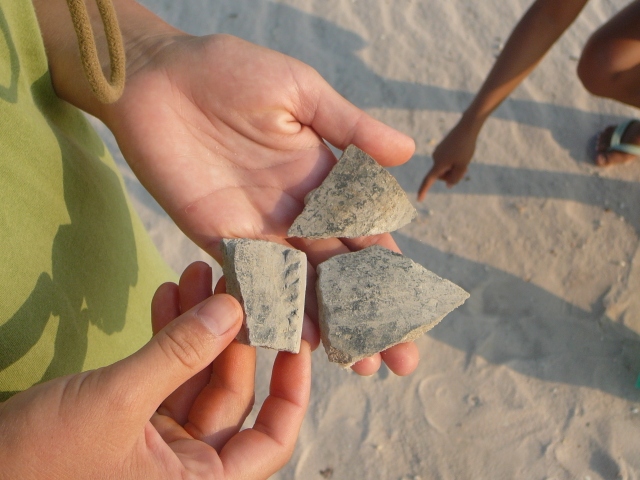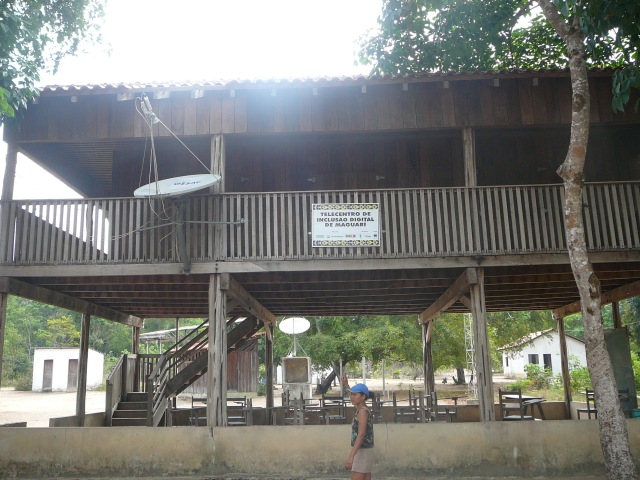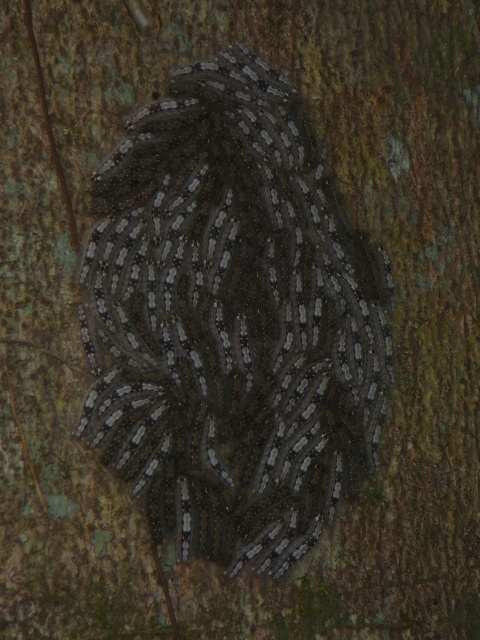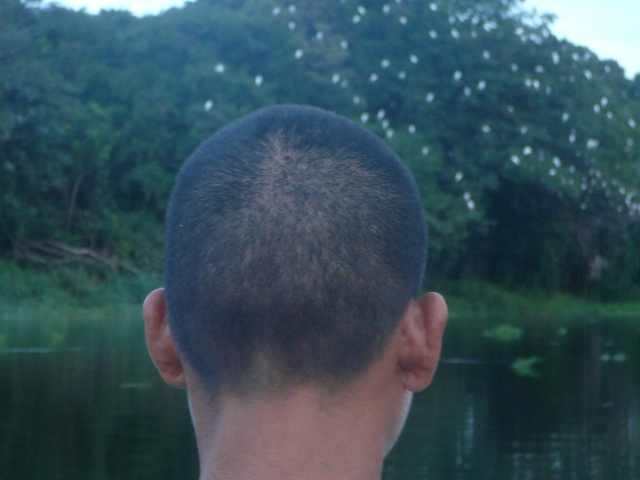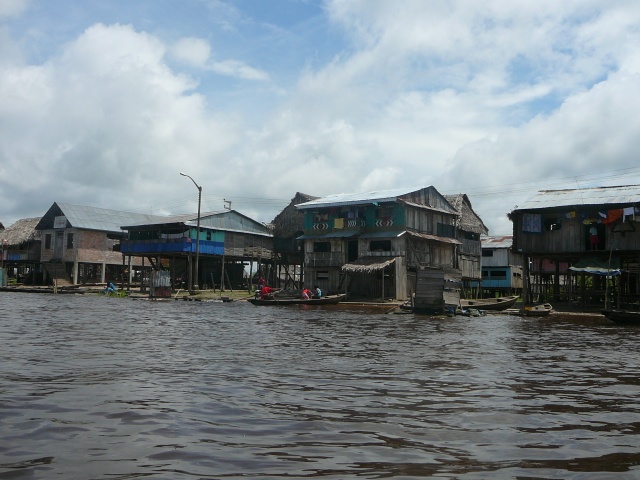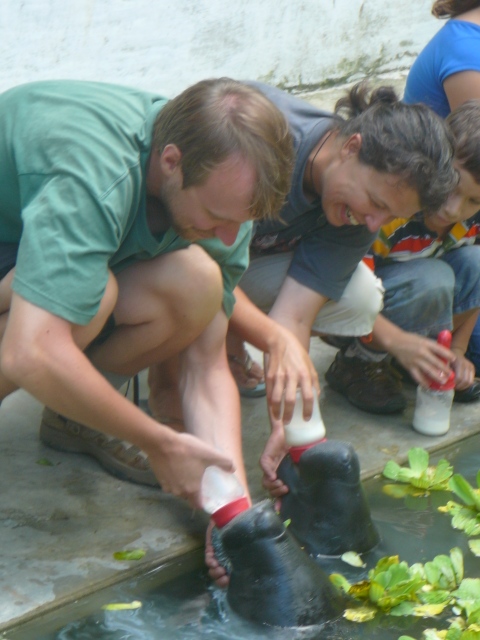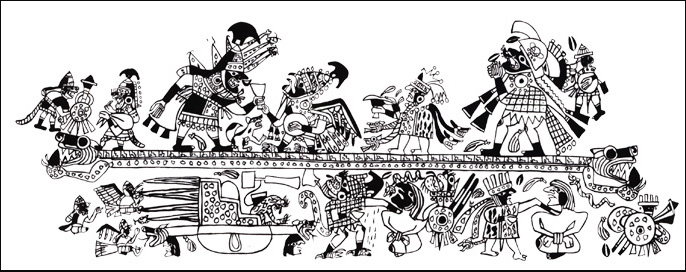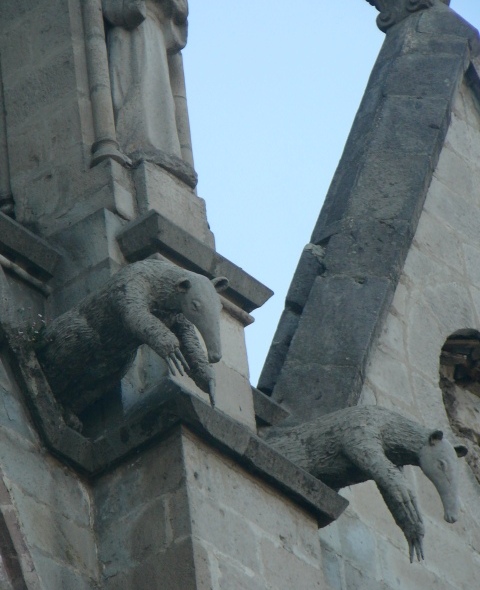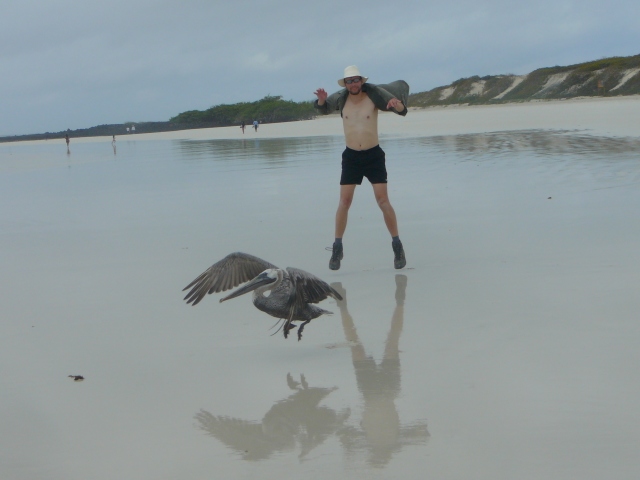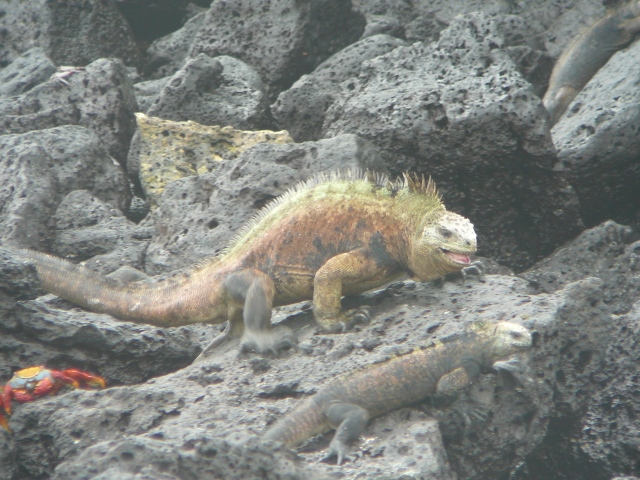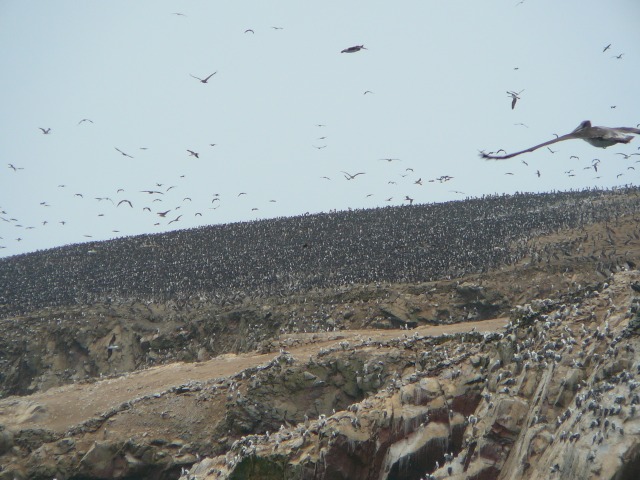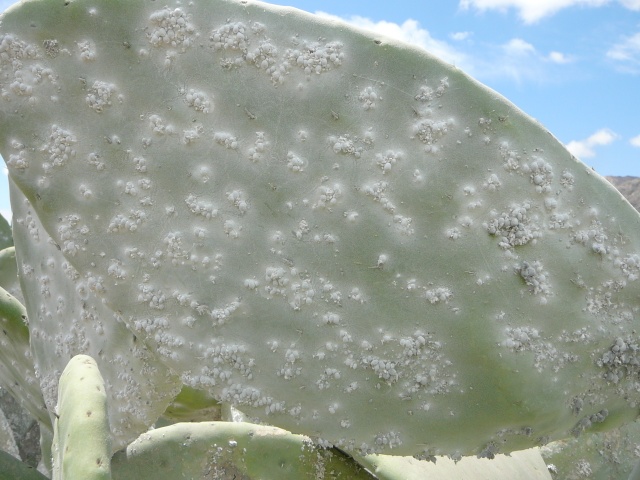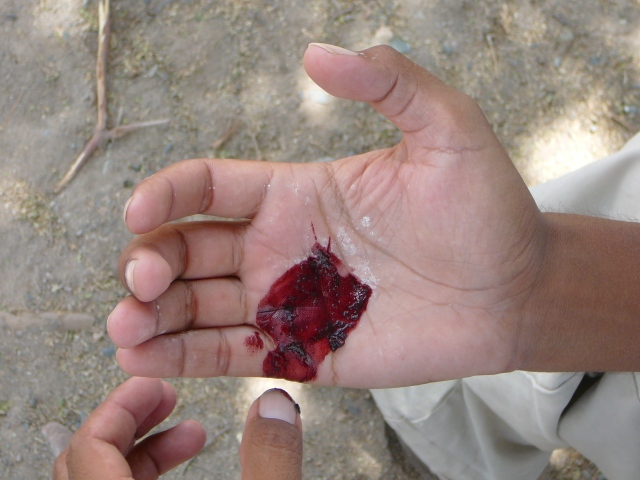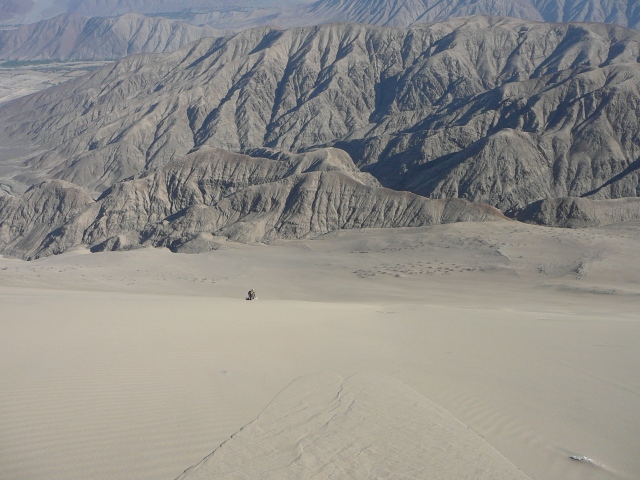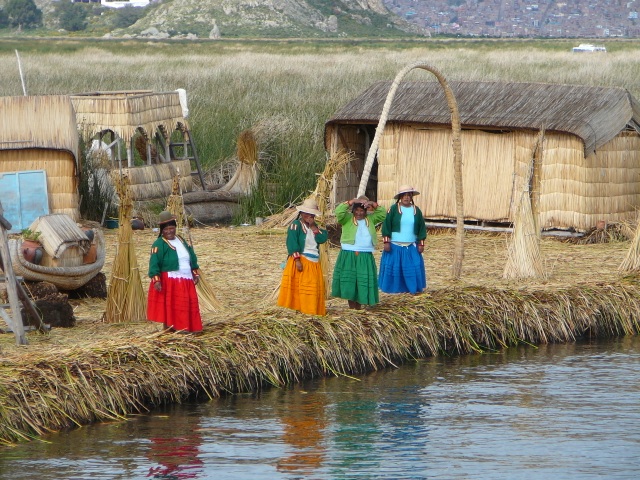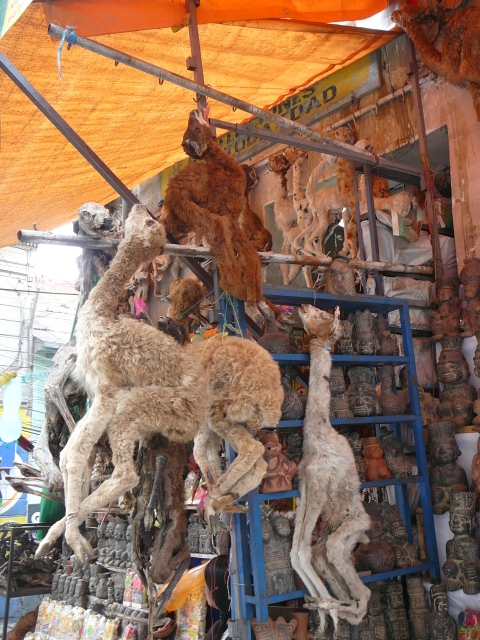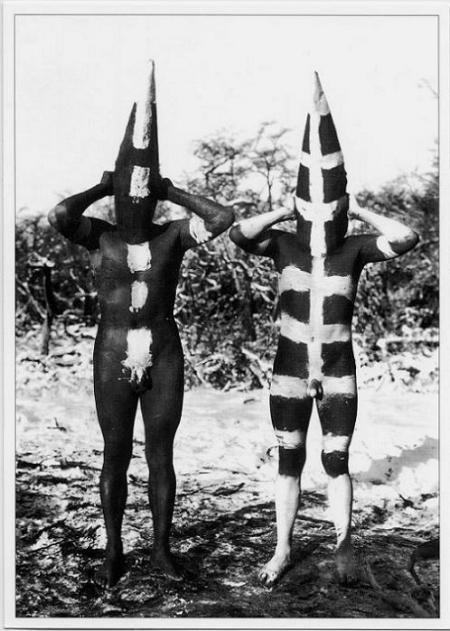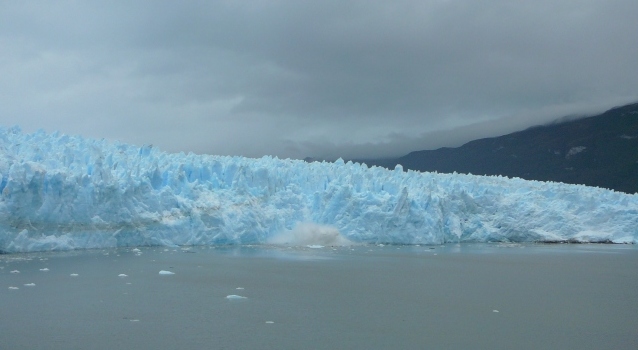Moche (Mochica) culture and a Soviet cartoon
Before the organized tour to Huaca de la Luna, we visited
the small Museo Arquelógico de la Universidad de Trujillo,
a few blocks from Plaza de Armas. The museum focuses on the
pre-Inca cultures found in this region of Peru,
mainly Moche (approx. 100BC–700AD)
and Chimú (approx. 900AD–1400AD).
The Moche people had created a lot of pottery with painted
figures on them. It was surprising to realize that I had
seen these figures before, in a Soviet cartoon that
scared/impressed me when I was a child.
I didn't remember much of the cartoon. I think it started with
explaining the setup of the society of the characters. There were three levels:
gods, people, the under water world. It was possible to move between
these worlds, e.g. the gods descended to the level of people once,
fisherman pulled out fish (or the other way around), etc. The cartoon
then told a story, don't remember anything of it, but a central
figure there was a snake-like animal (a negative character in the story)
who at the end of the story was forced to live forever on the Moon.
(That's why the Moon has the black spots, it is this animal.)
Huaca de la Luna is a temple/pyramid built on a hillside.
Whenever a king died, he was buried in the pyramid, all the
rooms filled with bricks, and a new layer built on top of the
previous layer (now a tomb). This arrangement has made sure
that all the rooms and their wall decorations are very well preserved,
although there are marks of abuse by the conquistadores and the El Niño.
(The nearby Huaca del Sol has suffered much more through conquistadores
who diverted the Moche river to go through the building in an effort to
destroy it.)
So the visitor can see the real thing, the archaeologists have only removed a
few original bricks to display the rooms of the lower levels of the pyramid and
cleaned up the wall decorations. (In the historical Chimú site of Chan Chan
it's different, there the old city is recreated from scratch, on
top of the original foundation.)
The wall decorations showed only a very few characters (monster face,
spider or crab, a snake-like figure, a warrior). The same figure was repeated
multiple times. In the snake-like figure (that was described on an information stand
as "lunar being") I recognized the cartoon character that was forced to live on the Moon.
I had many questions to the guide
—
Has there any pottery been found at the huacas?
Is this the main archaeological site of Moche culture in Peru?
Did the characters have names? (I was sure that in the cartoon the "lunar being" was called something else.)
Are the Moche legends known?
—
but he didn't really know or wasn't that willing to answer.
Next to the temple a museum is being built, it will probably tell a more detailed
story of the Moche culture along with displaying the pottery. When we where there it was
still closed.
So my efforts to find out more about the background and sources of the Soviet
cartoon failed.
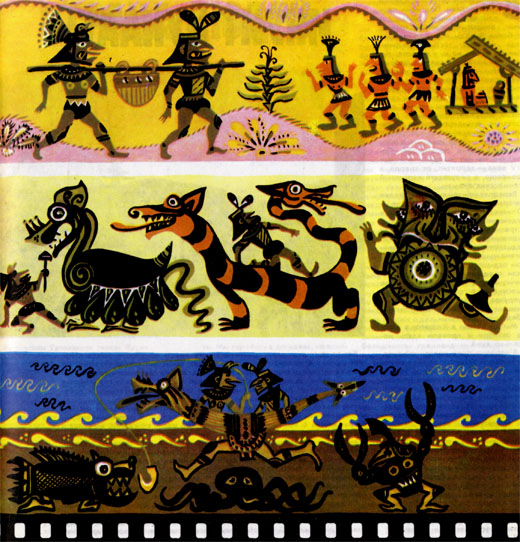
Finding more information about the cartoon on the internet was not straight-forward.
It went something like this:
- made an assumption that the cartoon was produced by
Soyuzmultfilm,
the main Soviet animation studio;
- made an assumption that most information about this cartoon is
found in the Russian-speaking web;
- searched for "Союзмультфильм Перу", resulting in a lot of results, none of which seemed relevant;
- searched for "Союзмультфильм Перу Moche", resulting in 2 irrelevant results,
but both providing the Russian translation for `Moche';
- searched for "Союзмультфильм Перу Мочика" and found
"Братья-близнецы", an article in the journal "Вокруг Света"
as the first result.
This article gives a full description of the cartoon
along with pictures. I read it using Google Translate. The translation is
linguistically poor but otherwise correct, or at least compatible with my memories
of the cartoon that now come back to me. The main characters in the story
are two brothers (some sort of semi-gods) who come to people to
give them food, educate them and fight with their monsters. One of the monsters
is the snake-like being Rekuay. Rekuay is difficult to fight but loses in the
end and escapes to the Moon.
Later also tried to search for "Soyuzmultfilm Moche" and on the first
results' page found a link to
a blog entry "Video Mochicas"
that embeds
a 6 minute YouTube film
that shows fragments of the cartoon (the full cartoon is 17 minutes in length).
Also, found that the cartoon has
an entry
in the myltik.ru database.
[BUG:
another video]
